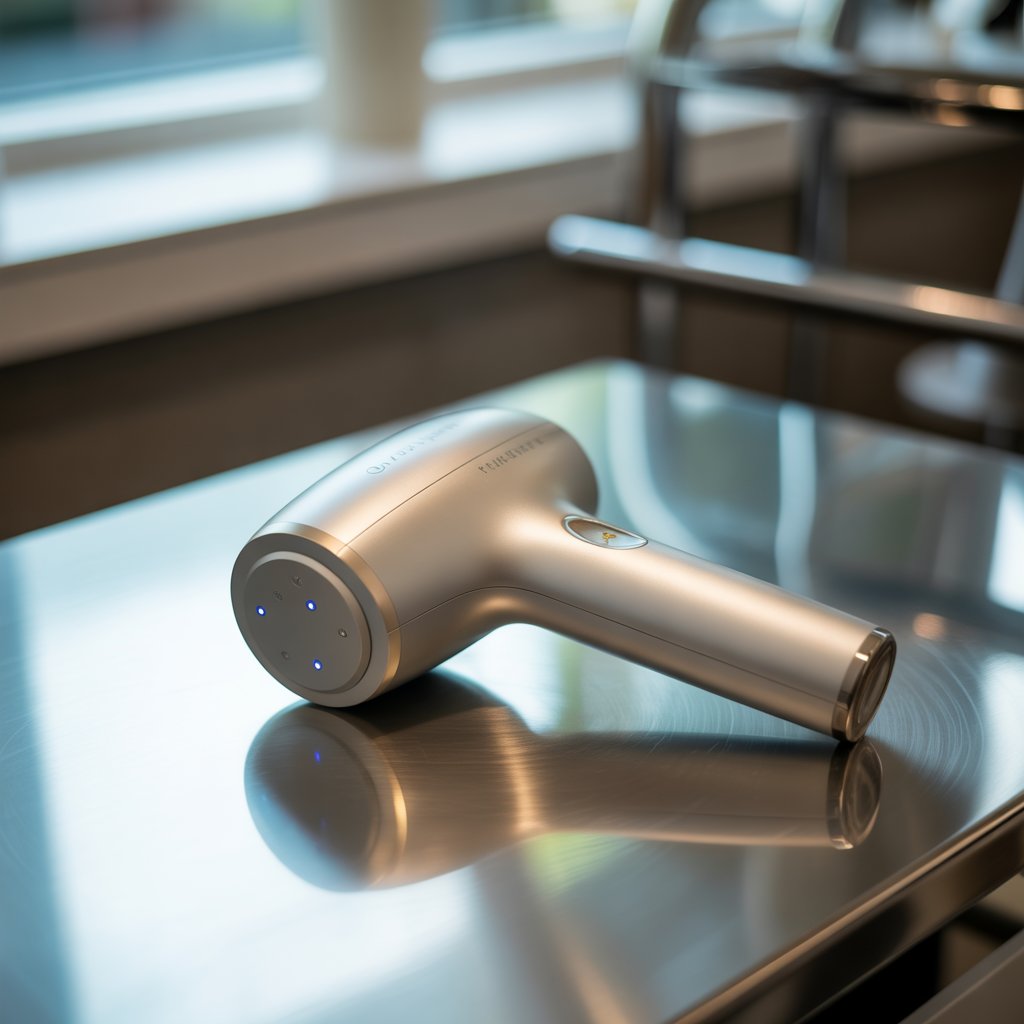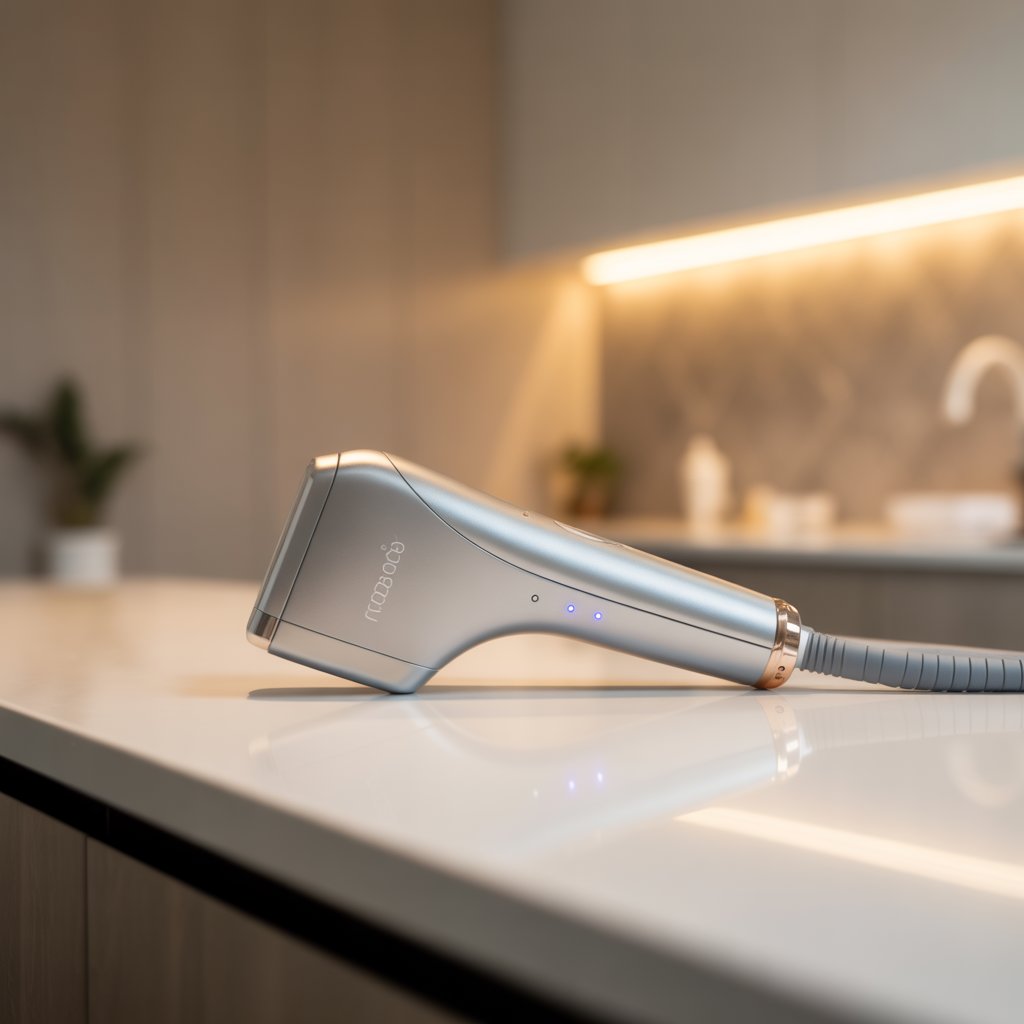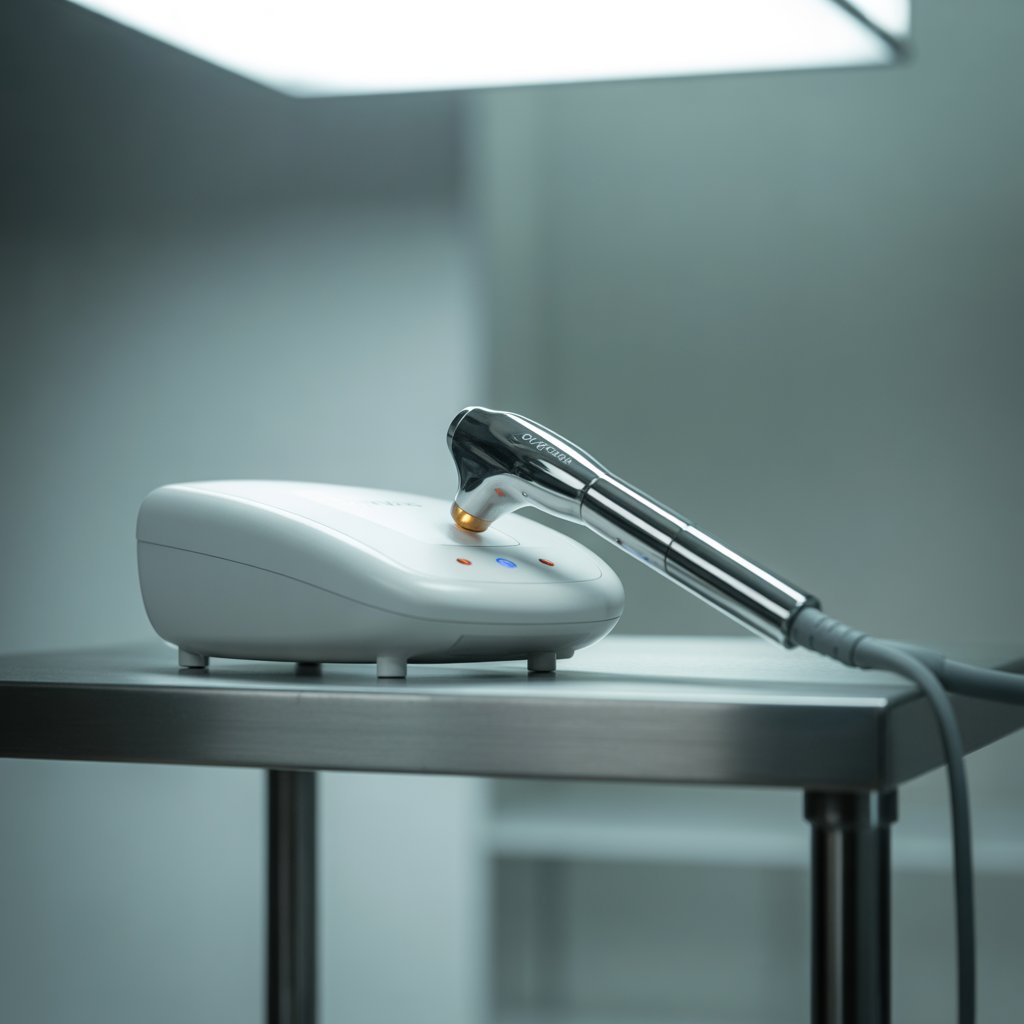
Introduction to Laser Equipment for Hair Removal
Laser equipment for hair removal has transformed the beauty and aesthetics industry, offering a long-term solution for unwanted body hair. What once required constant shaving, waxing, or plucking can now be addressed with advanced laser technology that targets hair follicles directly. This procedure uses highly concentrated beams of light to destroy hair at the root, preventing regrowth and leaving skin smooth for months—or even years.
The popularity of laser hair removal has skyrocketed due to its convenience, precision, and results. Whether you’re a beauty professional or someone looking for at-home options, understanding laser equipment is crucial. This article dives deep into how laser hair removal works, the best types of laser machines, and what to consider before investing in one.
The Growing Popularity of Laser Hair Removal
Over the past decade, laser hair removal has evolved from a luxury service offered only in upscale clinics to an accessible treatment available in spas, dermatology centers, and even at home. According to industry reports, the global laser hair removal market is expected to reach billions in revenue by 2030. This rise can be attributed to several factors: the growing focus on personal grooming, advancements in technology, and a desire for more permanent beauty solutions.
Social media influencers and dermatologists alike praise laser treatments for their effectiveness and time-saving benefits. Instead of spending hours waxing or shaving, a few laser sessions can yield long-lasting results. Furthermore, the procedure suits both men and women, making it a versatile solution for anyone tired of traditional hair removal methods.
How Laser Technology Revolutionized Hair Removal
Before the introduction of lasers, hair removal options were mostly temporary and often painful. Shaving could cause razor burns; waxing was messy and uncomfortable, and depilatory creams sometimes irritated the skin. Laser hair removal changed all that. It offered precision—targeting only hair follicles while leaving the surrounding skin unharmed—and efficiency, as large areas could be treated quickly.
The evolution of laser technology has made the procedure safer, faster, and more inclusive. Early laser devices worked best only for people with light skin and dark hair. Today’s advanced systems, such as Nd:YAG and diode lasers, effectively treat a variety of skin tones and hair colors, providing more universal results.
Understanding How Laser Hair Removal Works
At its core, laser hair removal is all about selective photothermolysis. That might sound complicated, but it simply means that the laser targets the pigment (melanin) in the hair without damaging the surrounding tissue. The light energy from the laser converts into heat, damaging the follicle and inhibiting future growth.
The precision of this process ensures that only the hair follicle absorbs the laser’s energy. Over time, with multiple sessions, hair growth becomes thinner and lighter, eventually leading to permanent reduction.
The Role of Melanin in the Process
Melanin is the pigment responsible for giving hair its color. When laser light is emitted, it is absorbed by melanin in the hair shaft and follicle. The more melanin a hair has, the more heat it absorbs—making darker hair more responsive to laser treatment.
This is why, traditionally, laser hair removal was most effective for people with fair skin and dark hair. However, advancements in technology have expanded the treatment’s reach. Modern systems can adjust wavelengths and pulse durations, allowing safe and effective results for individuals with darker skin tones.
Different Wavelengths and Their Effects
Not all lasers operate at the same wavelength, and this difference matters. For example:
-
Alexandrite Laser (755 nm): Works best for light-to-olive skin tones and fine to medium hair.
-
Diode Laser (800-810 nm): Suitable for most skin types; great for larger areas like legs and back.
-
Nd:YAG Laser (1064 nm): Safest for darker skin tones.
-
Ruby Laser (694 nm): Older technology, ideal for light skin with fine hair.
Each wavelength penetrates the skin differently, influencing both efficacy and comfort. Understanding these variations helps professionals select the right device for their clientele and ensures users receive safe, effective results.
Permanent vs. Long-Term Hair Reduction
Laser hair removal isn’t always “permanent” in the strictest sense. Rather, it offers long-term hair reduction. After several sessions, most people experience up to 90% reduction in hair growth. Some hairs may regrow due to hormonal changes or dormant follicles becoming active again, but they’re usually finer and lighter.
Think of it like pruning a tree—once the roots are weakened enough, regrowth becomes minimal. Periodic maintenance sessions can help sustain the results for years.

Types of Laser Equipment for Hair Removal
Not all lasers are created equal. Different devices cater to specific skin types, hair colors, and treatment goals. Understanding these variations can help clinics choose the right equipment and clients understand what to expect.
Alexandrite Laser
The Alexandrite laser is known for its speed and efficiency. With a wavelength of 755 nm, it is ideal for light to olive skin tones. It has a large spot size, allowing practitioners to treat large areas like legs or backs quickly. Because of its precision, the Alexandrite laser offers fast results with minimal discomfort.
However, it’s not the best choice for darker skin tones, as it carries a higher risk of pigmentation changes. Still, it remains one of the most popular lasers in medical spas due to its speed and long-term effectiveness.
Diode Laser
The Diode laser is one of the most versatile options available. With wavelengths between 800–810 nm, it penetrates deeply into the skin, making it suitable for thicker, coarser hair. It’s effective for most skin types, particularly Fitzpatrick types II–IV.
The Diode laser also features built-in cooling systems that enhance comfort and reduce the risk of burns. Because it combines speed and safety, it’s a favorite among both professionals and clients seeking a balance between performance and comfort.
Nd:YAG Laser
The Nd:YAG laser operates at a wavelength of 1064 nm, making it the safest option for darker skin tones. This laser penetrates deeper than others, bypassing melanin in the skin’s surface and targeting the hair follicle directly. It’s less likely to cause burns or hyperpigmentation, making it a top choice for people with brown or black skin.
While it may require more sessions to achieve the same results as other lasers, its safety profile and versatility make it a must-have in professional clinics.
Ruby Laser
The Ruby laser, with a wavelength of 694 nm, was one of the first devices developed for hair removal. It’s most effective for people with light skin and fine hair. However, due to its high melanin absorption rate, it’s not suitable for darker skin tones.
Though less common today, some clinics still use Ruby lasers for specific cases where other technologies may not yield optimal results.
IPL (Intense Pulsed Light) – Is It a Laser?
Technically, IPL isn’t a laser. It uses a broad spectrum of light instead of a single wavelength. Despite this, IPL is often grouped with laser devices because it performs a similar function—targeting melanin to reduce hair growth.
IPL machines are typically used in beauty salons or at-home devices because they are more affordable. However, they’re less precise than true lasers and may require more sessions for similar results.

FAQs About Laser Equipment for Hair Removal
1. Is laser hair removal safe for all skin types?
Yes, modern laser systems are designed to be safe for almost every skin tone and type. Advanced technologies such as Nd:YAG and Diode lasers can effectively treat darker complexions without damaging the surrounding skin.
2. How many sessions are needed for permanent results?
Most people require 6 to 8 sessions spaced about 4 to 6 weeks apart for significant, long-term hair reduction. The exact number depends on factors such as hair thickness, growth cycles, and the area being treated.
3. What’s the difference between laser and IPL hair removal?
The main difference lies in the light source. A laser emits a single, focused wavelength of light that precisely targets the hair follicle. IPL (Intense Pulsed Light), on the other hand, uses a broad spectrum of light.
4. Can men use laser hair removal devices?
Absolutely! Laser hair removal isn’t just for women. Men increasingly turn to laser treatments to remove or thin hair on the chest, back, shoulders, and even facial areas. Since men’s hair tends to be coarser, they may need a few additional sessions for optimal results, but the benefits—long-lasting smoothness and reduced grooming time—are well worth it.
5. What’s the best laser for dark skin tones?
The Nd:YAG laser is considered the gold standard for darker skin. Its longer wavelength (1064 nm) bypasses the surface melanin and directly targets the hair follicle, reducing the risk of burns or pigmentation issues. Many professionals use Nd:YAG systems exclusively for clients with Fitzpatrick skin types IV–VI because of their proven safety and efficacy.
Conclusion
Laser hair removal has completely changed the way we think about smooth, hair-free skin. What once required constant shaving, painful waxing, or messy depilatory creams can now be achieved through advanced light-based technology. Whether you’re a clinic owner investing in professional-grade machines or someone exploring safe at-home solutions, laser equipment offers unmatched convenience, precision, and long-term effectiveness.
